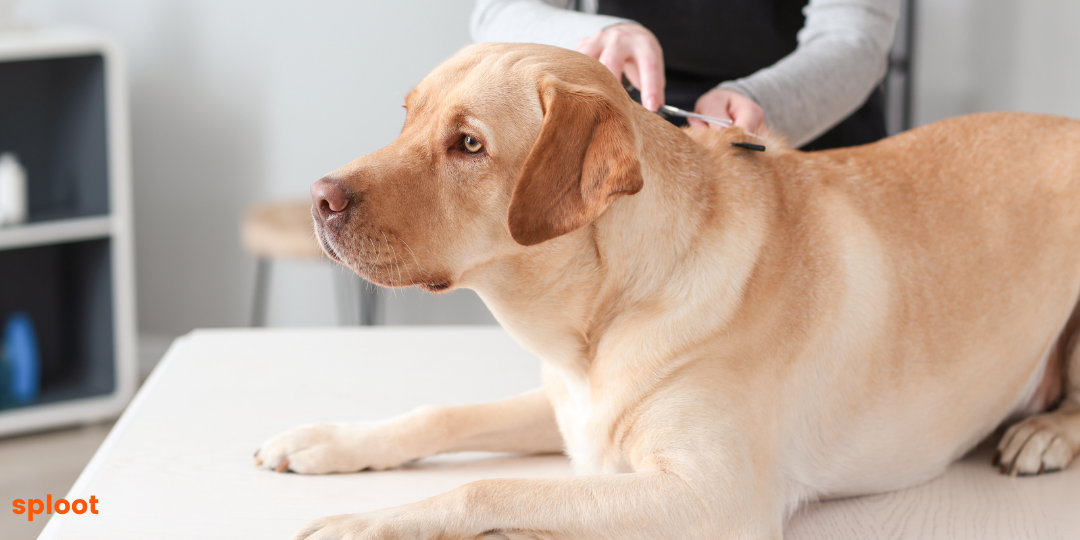Labrador Grooming 101: Coat Care and Maintenance
{"isSaved":[],"isRead":[]}

Labrador Retrievers are renowned for their luscious double coats that offer protection and insulation. Proper grooming is essential to maintain the health and appearance of their coat. Here's a comprehensive guide to Labrador grooming, focusing on coat care and maintenance:
1. Brush Regularly:
Labradors shed consistently, and regular brushing helps manage loose hair and reduces shedding. Use a slicker brush or grooming mitt to remove loose fur and prevent matting. Aim for at least a weekly brushing session, increasing the frequency during seasonal shedding periods.
2. Bathing:
Labradors are generally low-maintenance when it comes to baths. Bathe your Labrador as needed, typically every 2-3 months or when they get particularly dirty. Use a mild dog shampoo, and ensure thorough rinsing to prevent skin irritation. Labradors have natural oils that contribute to the health of their coat, so avoid excessive bathing.
3. Ear Cleaning:
Labrador Retrievers are prone to ear infections due to their floppy ears, which can trap moisture. Check their ears regularly for redness, odor, or discharge. Clean the ears with a veterinarian-approved ear cleaning solution and a cotton ball. Be gentle and avoid inserting anything into the ear canal.
4. Dental Care:
Dental hygiene is crucial for Labradors. Brush your dog's teeth regularly using a dog-specific toothbrush and toothpaste. Dental chews or toys designed to promote oral health can also be beneficial. Regular dental care helps prevent gum disease and keeps your Labrador's breath fresh.
5. Trim Nails:
Regular nail trimming is essential to prevent discomfort and potential injuries for your Labrador. Use dog nail clippers or a grinder, and be cautious not to cut into the quick—the sensitive part of the nail. If you're unsure, ask your veterinarian or a professional groomer for guidance.
6. Check for Skin Issues:
Labradors can be prone to skin issues, including allergies or hot spots. Regularly check your dog's skin for redness, rashes, or unusual lumps. If you notice any abnormalities, consult with your veterinarian for proper diagnosis and treatment.
7. Grooming for Seasonal Changes:
Labradors experience shedding seasons, commonly in the spring and fall. During these times, increase the frequency of brushing to manage the extra hair. Using a shedding blade or deshedding tool can be particularly effective in removing loose undercoat.
8. Professional Grooming:
While Labradors don't require elaborate grooming, some owners opt for professional grooming services. A professional groomer can help with tasks such as nail trimming, ear cleaning, and more extensive coat maintenance if needed.
Remember, the key to successful Labrador grooming is consistency. Regular grooming sessions not only keep your Labrador looking their best but also contribute to their overall health and well-being. Tailor your grooming routine based on your dog's individual needs and consult with your veterinarian if you have specific concerns about their coat or skin health.
If you would like to read more such blogs, download the sploot app here - the one stop shop for all things pet parenting.
